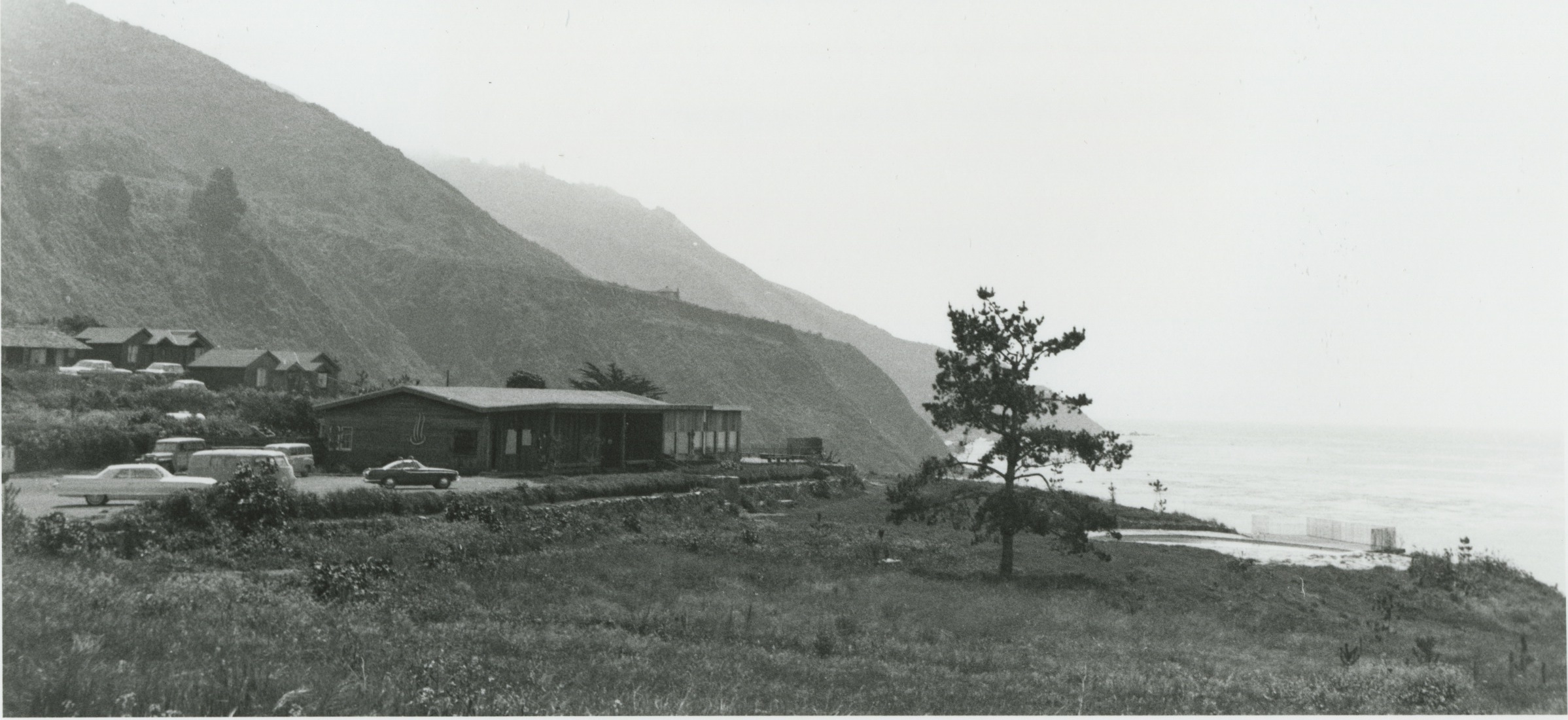Angelo Cecinato, Catia Balducci, Paola Romagnoli, and Mattia Perilli, “Airborne Psychotropic Substances Monitored in Eight Big Italian Cities: Burdens and Behaviors,” Environmental Pollution 171 (2012): 140.
Michael P. Hannigan and Glen R. Cass, “Bioassay-Directed Chemical Analysis of Los Angeles Airborne Particulate Matter Using a Human Cell Mutagenicity Assay,” Environmental Science & Technology 32, no. 22 (1998): 3511.
“Air urbanism” is a term Marcos Sanchez and I have used in a series of projects that examine the air history of Los Angeles and Mexico City. As suggested here, the term applies to aerial monitoring techniques, the appearance of a discourse on contaminants, and to the representation and aesthetics of urban aerial pollution.
Avital Ronell, Crack Wars (Lincoln: University of Nebraska Press, 1992), 11.
Jane Howard, “Inhibitions Thrown to the Gentle Winds,” Life, July 12, 1968, 48.
“The Group: Joy on Thursday.” Newsweek, May 12, 1969, 105.
As noted in The Economist, “sometimes these sessions led to emotional catharsis; sometimes they led to bitterness and divorce.” “Where ‘California’ Bubbled Up,” The Economist, December 22, 2007, 75.
Timothy Leary, “The Molecular Revolution,” in Timewave Zero: A Psychedelic Reader, eds. Lionel Bovier and Mai-Thu Perret (Graz: JRP Editions/Rovolver/Grazer Kunstverein, 2001), 18.
“Drug-Induced Mysticism” was led by Myron Stolaroff, an engineer who had been at the forefront of magnetic tape recording development at the Ampex Corporation. Through Stolaroff we glimpse the integration of techniques of personal improvement, conceptions of human capacity aided by a clinical, therapeutic, and psychedelic imaginary, and notions of the self extended by technology—an aggregate of effects and influences that was eventually absorbed by the technical culture of the Bay Area. In this context Steve Jobs’s relation to Eastern mysticism and psychedelic drugs appears less as personal idiosyncrasy than as professional prerequisite.
Diedrich Diederichsen, “Psychedelic Gifts: Minimalism and Pop,” in Timewave Zero, 43.
Ibid., 43.
Ibid., 46.
Steve Tipton, Getting Saved from the Sixties: Moral Meaning in Conversion and Cultural Change (Berkeley: University of California Press, 1982), 54.
To appreciate the ubiquity of the growth centers, consider that Warren Avis, of Avis Car Rental, launched the American Behavioral Science Training Laboratories, a center for exercises in “shared participation.” For more on the proliferation of growth centers see Paul Heelas, The New Age Movement (Cambridge: Blackwell, 1996), 52.
Nikolas Rose, “Neurochemical Selves,” Society (November–December, 2003), 49.
John Esposito, Vanishing Air: The Ralph Nader Study Group Report on Air Pollution (New York: Grossmann Publishers, 1970).
Nikolas Rose, Governing the Soul (New York: Free Association Books, 1999), 271.
Portions of this text were written for Detox USA, a research and exhibition project produced for the 3rd Istanbul Design Biennial in collaboration with Florencia Alvarez Pacheco and Marcos Sanchez.
Superhumanity: Post-Labor, Psychopathology, Plasticity is a collaboration between the National Museum of Modern and Contemporary Art, Korea and e-flux Architecture.
